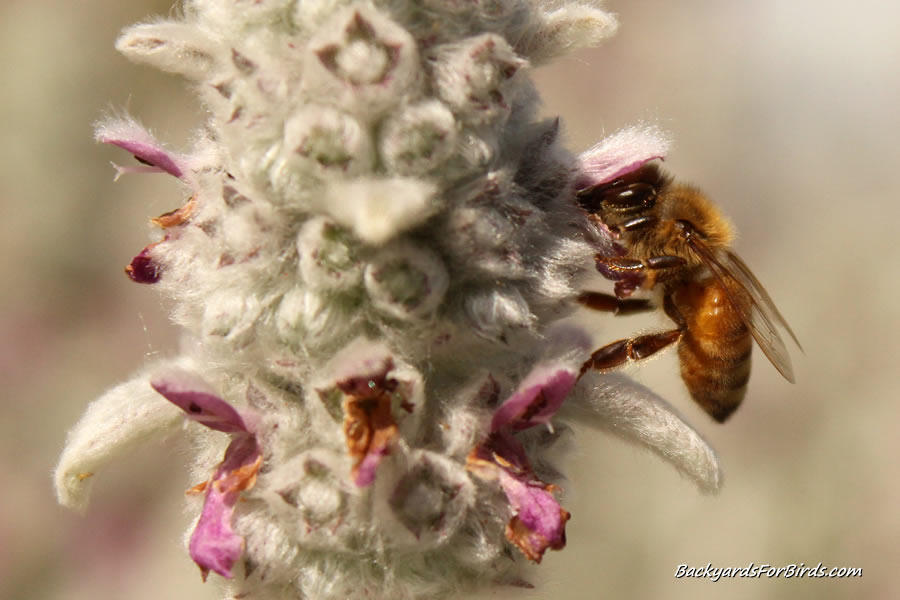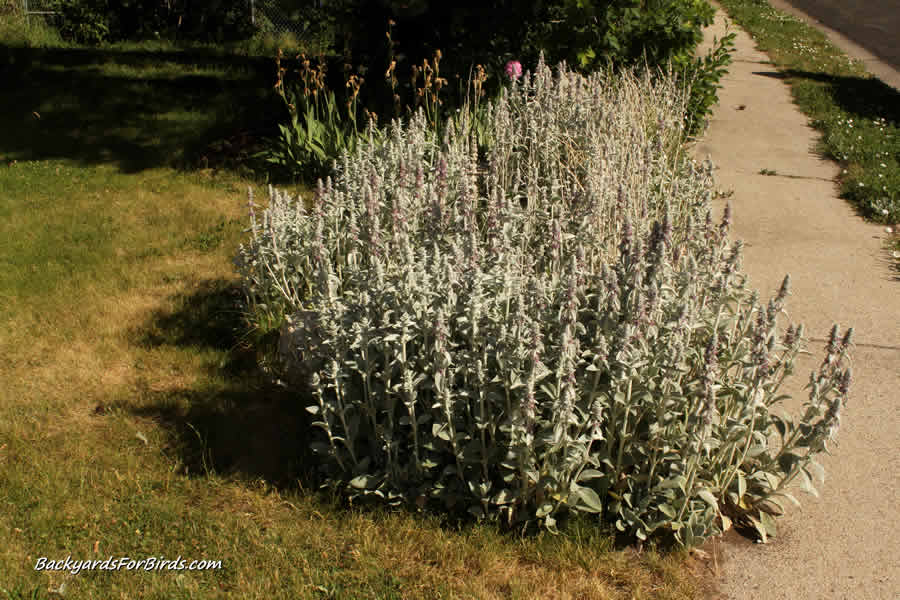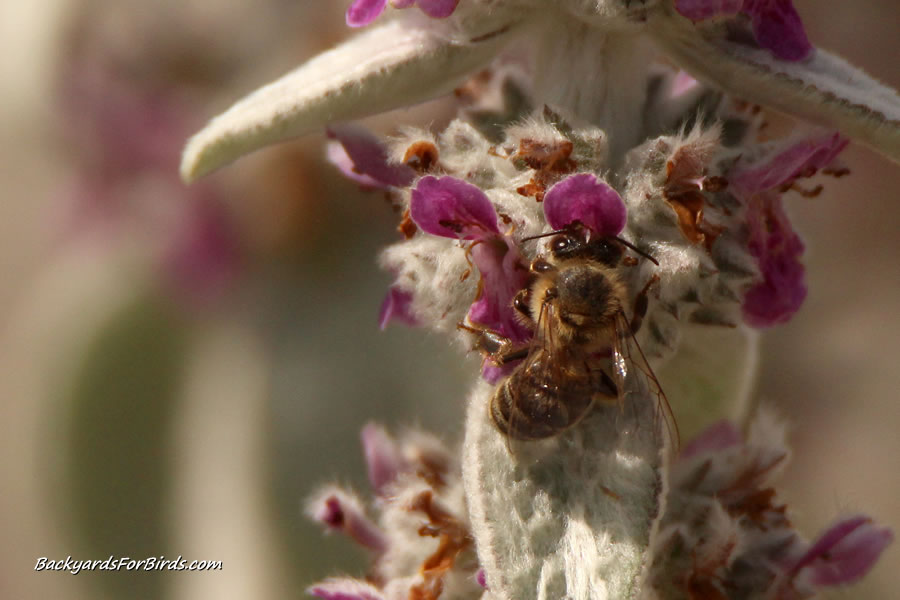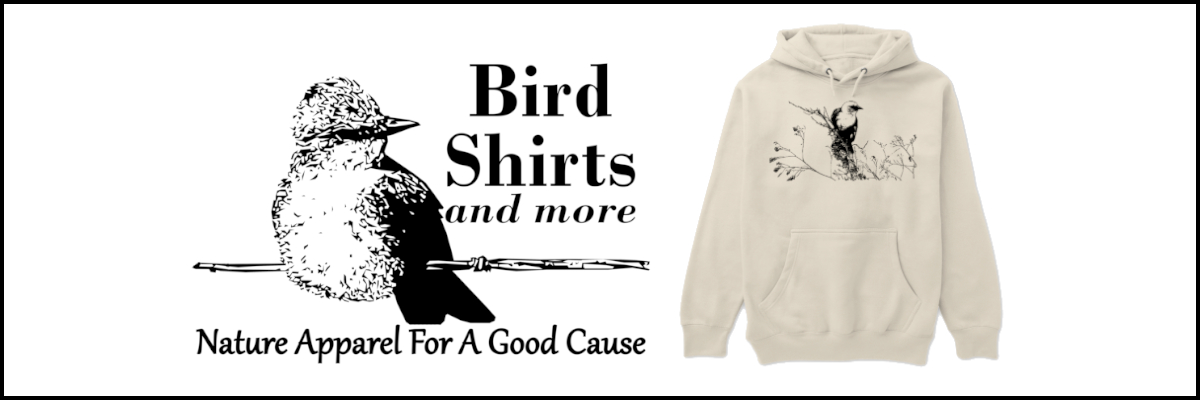Bees are known to play an important part in our world by helping the pollination process for much of the world’s crops and food supply we, as humans, rely on.
But over the years, bees are on the decline in many areas of the world, partially due to less habitat and fewer nectar-producing plants bees need to survive.
It’s not just a large-scale farming problem but diminishing bee populations can also affect our own backyard vegetable gardens as well since even our own small strip of plantings also rely upon bees for the pollination process.
Attracting bees to our backyard gardens is an easy thing to do if we plant vegetation that offers the opportunity for pollination all season long, thus feeding and attracting bees to handle pollinating our gardens each summer.
During the summer months, lamb’s ear, otherwise known as Stachys byzantina, blooms and attracts an incredible number of bees to feast upon its nectar.

It’s not native to North America, but lamb’s ear does attract many varieties of bees when its small colorful flowers are in bloom.
We have it in our yard now and our parents have had it growing in their yard for several years.
Lamb’s ear can be a little bit invasive by seed, but that can be controlled by deadheading the flowers before they go to seed by cutting down the flowered stalks soon after the blooms die off.

As noted before, lamb’s ear attracts pollinators, mostly bees, but I have seen a few small butterflies occasionally trying to feed on the blooms.
Personally, I have never seen larger butterflies or hummingbirds attracted to lamb’s ear so it’s mainly bees that are highly attracted to this soft, furry plant.
One good thing we have noticed about lamb’s ear, once established and in our region, it needs very little water to survive.
Some of the lamb’s ear stands in our yards get little to no watering, except for the rare summer rainstorm.
It might not be the pollinator plant of choice for many backyard gardeners, but I for one like the lamb’s ear plant, mainly because it attracts and feeds so many bees each summer and it is extremely easy to grow, even in very dry, arid climates such as ours.
We appreciate your readership and offer you to subscribe to our blog about backyard bird and nature gardens.
There is something so relaxing about watching nature in one’s own yard that is unbeatable anywhere else.



